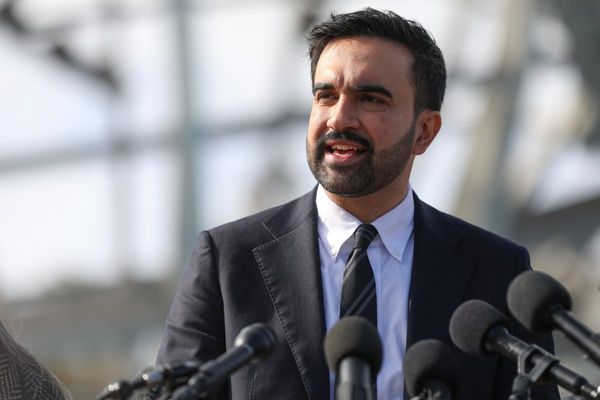NATO Secretary General and former Dutch Prime Minister Mark Rutte has said that he believes that the alliance will commit to a new defense spending goal of five percent of GDP at its next summit in June.
"I assume that in The Hague we will agree on a higher defense spending target of in total five percent," he said at the NATO Parliamentary Assembly in Dayton, Ohio, Politico noted.
The expected measure comes after months of pressure from President Donald Trump. Earlier this year, the commander-in-chief warned that NATO allies would put American protection at risk if members did not increase their own military spending.
Many allies rejected the notion at the time as mere political noise. But tensions in Europe’s relationship with Russia have increased, the discussion has shifted, with a greater focus on European military readiness.
A rising number of leaders are backing the new goal, a significant jump from NATO’s current two percent of GDP target.
Dick Schoof said earlier this month that Rutte, his predecessor in the role as Dutch prime minister, wrote to NATO leaders arguing that they must reach 3.5 percent of GDP on “hard military spending,” and 1.5 percent of GDP on spending connected to “infrastructure, cybersecurity and other things.”
Rutte’s comments on Monday were the first time that the secretary general backed the five percent target. The boost would be substantial. No country currently spends 5 percent of their GDP. The U.S. spends about 3.5 percent.
Rutte didn’t specifically share the makeup of the five percent goal, but noted that the baseline for traditional military spending would be “considerably north of 3 percent.” He added that further funding would be expected to go toward infrastructure and logistics.
The most recent numbers from the alliance reveal that 23 of the 32 member states are on pace to be spending at least two percent by the summer. That’s a significant increase since 2014, when the target was set following the initial Russian military activity against Ukraine. At that time, only three members were spending that much.
Poland, the top spender in the alliance, spends about 4.7 percent of its GDP. Lithuania and Latvia have said they have plans to hit or go past five percent in the next two years.







